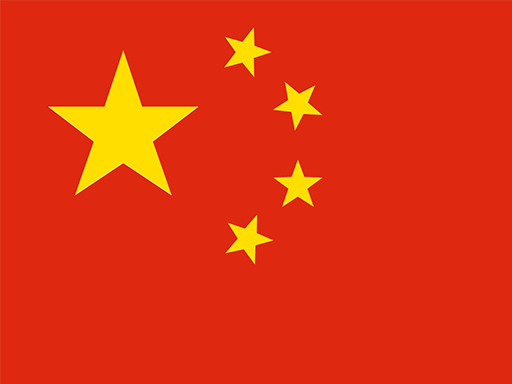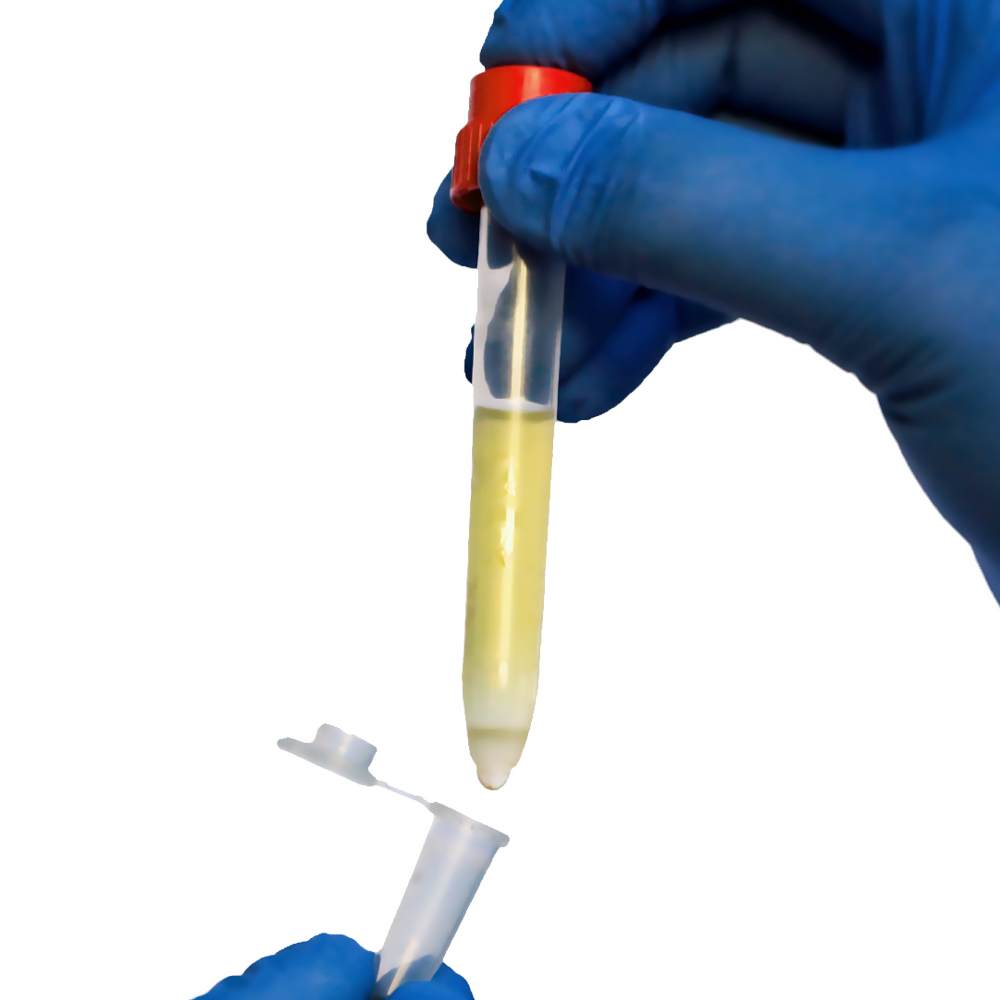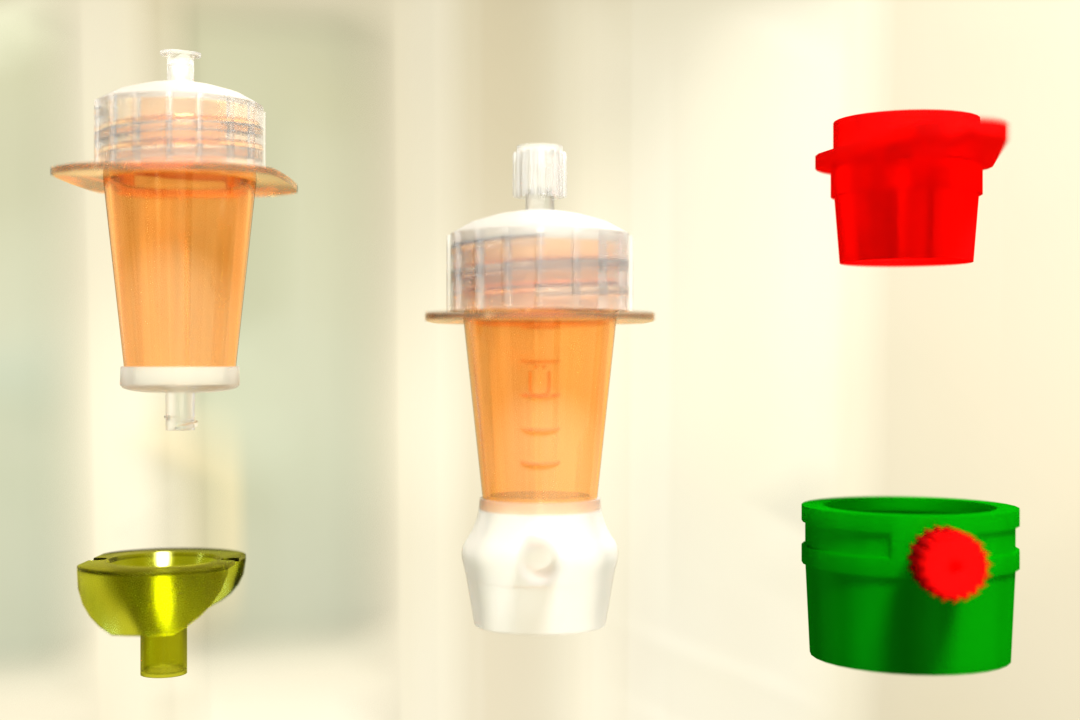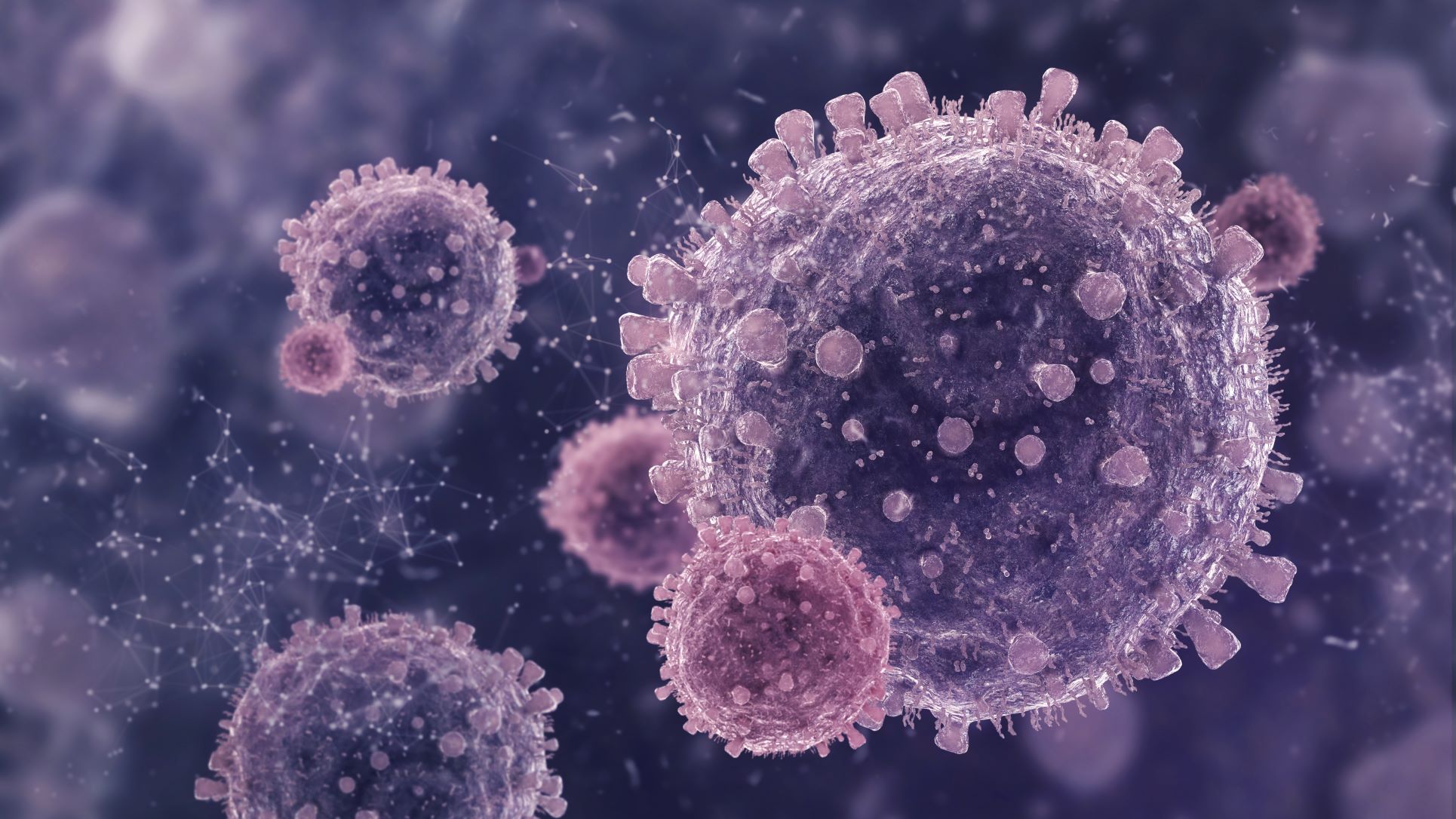This blog explores the critical importance of gentle cell handling in achieving optimal outcomes in cell separation, emphasizing the fragility of immune cells and the potential consequences of improper handling.
Ensuring the delicate handling of immune cells is not merely a procedural formality but a pivotal factor in achieving optimal outcomes in cell separation. Immune cells, intrinsic to their biological nature, are fragile entities, necessitating specific and gentle treatment throughout the entire cell processing journey. This blog delves into the intricacies of why gentle handling is crucial, the significance of various fragile cell types, the potential repercussions of improper handling, and a detailed exploration of the advanced cell separation techniques offered by Pluriselect- USA.
The Significance of Gentle Handling: A Holistic Approach
Preserving Cell Viability, Morphology, and Experimental Consistency
Maintaining the viability of cells, their structural integrity, and ensuring experimental consistency are foundational aspects of cell handling. Cells, with their intricate structures, are susceptible to damage when subjected to harsh conditions. The preservation of their shape and internal composition is pivotal, especially for immune cells relying on specific morphologies for effective immune responses.
Gentle handling goes beyond mere procedural precautions; it acts as a safeguard for cell viability. Beyond survival, this practice minimizes the risk of contamination and errors, elevating the replicability of the cell separation process. In experiments requiring intact cell structures and distinct morphology, such as microscopic applications, histology, and various imaging techniques, gentle handling emerges as a linchpin.
What are the Fragile Cell Types in Focus?
Stem Cells
Stem cells, with their undifferentiated nature and pivotal role in providing a constant supply of differentiated somatic cells, stand at the pinnacle of cellular sensitivity. Their responsiveness to changes in the microenvironment necessitates hyper-specific culture conditions. This sensitivity is particularly pronounced in stem cell applications where their self-renewal qualities are under scrutiny.
T Cells
T lymphocytes, the conductors of the inflammatory immune response, are further dissected into distinct categories with unique fragilities. Helper T cells (CD4+) employ cytokine signaling to activate surrounding cells, while Cytotoxic Killer T cells (CD8+) directly attack and eliminate pathogenic or infected cells. Regulatory T cells modulate immune responses. Despite their robust immune functions, all T cells exhibit fragility during cell enrichment techniques, making appropriate handling imperative to avoid activation-induced cell death (AICD).
B Cells
B lymphocytes, responsible for antibody production and adaptive immunity, demand meticulous handling. Excessive disturbance due to rough handling or prolonged changes in their environment can lead to damage or cell death. The survival of B cells is intricately linked to the provision of proper culture media, growth factors, and cytokines.
Consequences of Improper Handling
Genetic Changes and Downstream Consequences
Stressful conditions during cell processing can induce genetic changes within cells, leading to upregulation or downregulation of genes essential to their function. This alteration in gene regulation and expression introduces an element of unreliability into downstream assays, potentially compromising the entire experimental outcome.
Disruption of Cell Communication Pathways
Improper handling has a cascading effect on cell communication pathways, disrupting critical cellular functions. From cell proliferation to differentiation, apoptosis, and inflammatory responses, the repercussions are far-reaching. Blocked pathways can skew the results of downstream assays, impacting the reliability and accuracy of the entire experimental process.
Morphological Changes and Apoptosis
Stress-induced changes in cell morphology are not merely aesthetic; they have profound implications for cellular behavior. In immune cells, morphology plays a pivotal role in determining cell function. Alterations in surface enzymes and structures can impede nutrient intake, waste removal, and cellular communication. Stress, as a common trigger of apoptosis, leads to decreased cell viability, skewing population distribution and adversely affecting assay results.
Inflammatory Response
Stress is a potent trigger for inflammatory responses, setting off a chain reaction that spreads exponentially between neighboring cells. This widespread inflammation induces changes in gene expression and cellular responses, jeopardizing experimental outcomes, including protein expression and cell functionality.
Optimizing Cell Handling
Avoiding Roughness
In the realm of rare cell isolation, avoiding roughness can be the difference between success and failure. Gentle handling encompasses meticulous practices such as slow and controlled pipetting, minimizing vortexing, shaking, and centrifugation. This careful approach is particularly critical during the isolation of delicate cell populations.
Timeliness and Organization
Cells should not be outside their preferred environment for extended periods. Timely and organized experimentation is essential for proper handling and maintenance. Each cell type comes with unique culture requirements, encompassing factors such as media, pH, temperature, and humidity. By aligning these conditions, the cell population can thrive and maintain functionality.
Introduction to Advanced Cell Separation Techniques: pluriBead and pluriSpin
An overview of pluriBead
The pluriBead system represents a pioneering approach to cell separation by operating without any magnetic components. The process involves sieving pluriBeads with bound target cells down a strainer, effectively separating unwanted cells. Available in two distinct bead sizes, S-pluriBead and M-pluriBead, this innovative technology simplifies cell isolation for various applications.
An overview of pluriSpin
Negative cell isolation takes a leap forward with the pluriSpin system, designed for direct use from whole blood, buffy coat, or cord blood. By minimizing the risk of activating or damaging cells of interest, this method ensures the isolation of viable, untouched, and highly purified cells in a single step, all without the need for magnets or columns.
How pluriSpin Works
Utilizing an immunodensity cell isolation reagent, the pluriSpin system binds unwanted cells during a standard density gradient centrifugation. The bead-labeled cells pellet during centrifugation, leaving untouched and highly purified target cells at the interface between the plasma and the density gradient medium. This streamlined process ensures the availability of functional cells with minimal manipulation, suitable for a spectrum of applications.
Conclusion
In conclusion, recognizing and respecting the fragility of immune cells is not just a scientific principle but a mandate for success in cell separation processes. Gentle handling practices extend beyond procedural requirements; they form the bedrock of reliable and accurate experimental outcomes. Technologies like pluriBead and pluriSpin, with their innovative approaches to cell separation, provide avenues for efficient and effective isolation without compromising the delicate integrity of cell populations. By embracing a comprehensive understanding of cell sensitivity and employing advanced techniques, researchers can unlock new possibilities and pave the way for innovative discoveries in the realm of cell biology and immunology.
 English
English French
French
 German
German
 Spanish
Spanish
 Belgium
Belgium
 Italian
Italian Brazil
Brazil Chinese Mandarin
Chinese Mandarin




